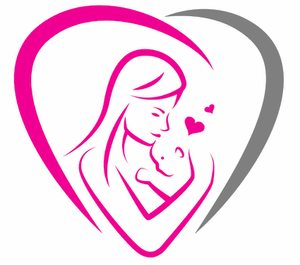Craniosacral Therapy and Breastfeeding: Benefits and Considerations
Breastfeeding offers many benefits for both mother and baby. However, some babies experience challenges due to physical discomfort or structural issues. In recent years, many lactation consultants have begun recommending craniosacral therapy (CST) as a complementary approach for babies facing breastfeeding difficulties.
What Is Craniosacral Therapy?
Craniosacral therapy is a gentle, hands-on technique that focuses on releasing tension and improving mobility throughout the body, especially around the head, neck, and mouth. The goal is to reduce restrictions that may interfere with feeding and overall comfort. By enhancing oral mobility and improving the baby’s latch, CST can promote a more positive and comfortable breastfeeding experience for both baby and mother.
How It Helps
Some babies develop tension or tightness not only in the mouth but also in areas such as where the head meets the neck. CST can help address conditions like torticollis, where a baby favors turning the head to one side. Through gentle massage, the therapy can improve tissue mobility and reduce restriction patterns throughout the baby’s body.
Potential Benefits
Relieves tension in the baby’s neck, jaw, and mouth
Improves oral mobility, helping the baby achieve a better latch
Decreases restriction and tension throughout the body, promoting relaxation and comfort
Supports overall feeding success, complementing other lactation support strategies
Potential Drawbacks
Risk of improper technique: If performed incorrectly or too forcefully, CST can cause discomfort or harm. It should always be done by a trained professional.
Limited scientific evidence: While many families report benefits, there are few high-quality studies proving CST’s effectiveness for breastfeeding issues.
May not address root causes: Some breastfeeding problems, such as tongue-tie or structural oral issues, require medical or lactation-specific intervention.
Possible financial burden: CST may not be covered by insurance, leading to additional costs for families.
What to Expect During a Session
During a craniosacral therapy session, the baby is typically placed on a parent’s lap or a massage table while the therapist gently works on specific areas of the body. The process is non-invasive and should not cause pain or distress. CST for infants is generally performed by a pediatric physical therapist, nurse, or licensed massage therapist with specialized training in this technique.
Final Thoughts
Most pediatricians agree that craniosacral therapy is generally safe when performed by a trained practitioner. However, due to limited scientific evidence supporting its effectiveness, CST should be viewed as a complementary therapy, not a replacement for medical or lactation care. Always consult your child’s pediatrician before starting CST, especially if your baby is experiencing breastfeeding difficulties.

